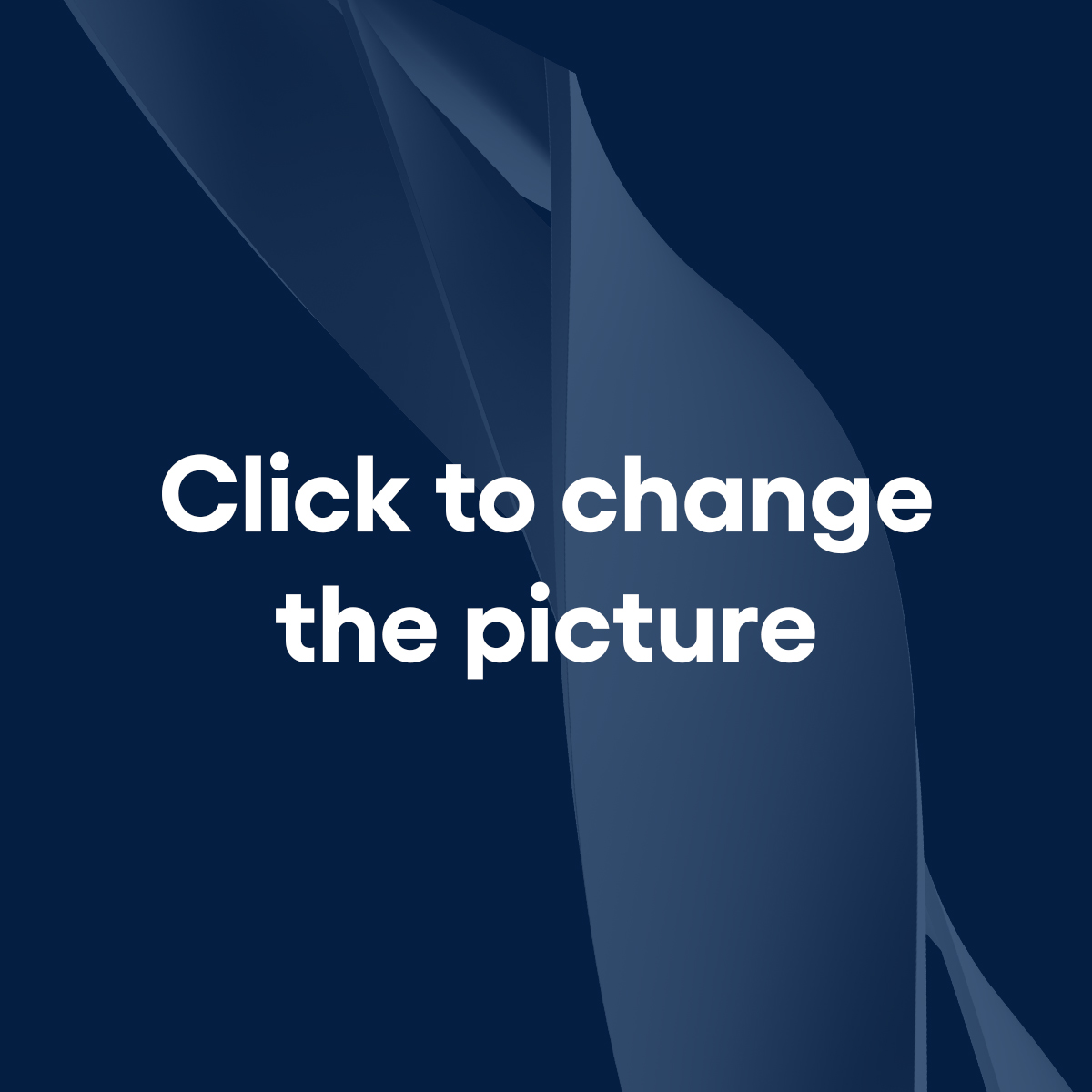About Eurowind Energy
The wind is within us. It is our heritage, our history and our future.
It all started in Hobro in 1977 when Jens and Søren Rasmussen’s father, electrician Ove Rasmussen, installed a converted Riisager turbine on the family farm. The wind turbine was connected to the grid – an idea that was born when Ove visited Torgny Møller in Vrinners in the middle of Jutland. He had a wind turbine of the same type and it supplied the home with good electricity production.
“At this time, many people were urging the public to use renewable energy, but very few were doing it. And nothing will happen if all we do is talk about it,” said Ove Rasmussen in an interview for the book Vindmøller i Skjellerup 1904–1977.
A shared passion for wind turbines
The small talk around the dinner table often revolved around the operation of wind turbines and the technical aspects of this. At that time, Ove Rasmussen was involved in the founding of the “Danmarks Vindmølleforening” in 1979. So in this way, you could say that Jens and Søren Rasmussen grew up with the wind power industry.
Both Jens and Søren Rasmussen chose to follow in their father’s footsteps when making their career choices. Søren Rasmussen was only 18 years old when he invested in his first agricultural project. Later, he trained as a farmer and in 1997 he bought Frandsbjerg when he wanted to expand his pig farming.
Founder Jens Rasmussen
Jens Rasmussen trained as an electrician and started his own consultancy in 1999. One of his first assignments was to build a platform for a NEG Micon 750, where his company was the first to integrate the transformer into the wind turbine. “I bought my first wind turbine in 1999 in Aalbæk, near Skagen, with my hard-earned salary as an electrician apprentice. It was a huge investment for me at the time because the payback for the wind turbine was five years and what if the turbine only lasted three years. I still own it and it’s still in operation, so I’m quite happy with that investment,” Jens says with a smile.
Jens, Søren and their father Ove
Between 1996 and 2001, Jens, Søren and their father Ove invested in 12 Danish wind turbines while working their respective jobs. Jens’ consulting firm grew and he had more than 20 employees. In Denmark, Søren was fully occupied with his agricultural business. However, he couldn’t stop thinking about the fact that wind turbines would fit very well into his growing investment portfolio. “I actually made a 24-hour trip to a wind farm near Berlin in 2003 to take a look at the 2MW Vestas wind turbines. They were for sale at a great price, so I called my father and brother and suggested that we each buy a wind turbine. The only answer I got was two ‘no thanks’. They must have thought I was crazy to do business with wind turbines abroad,” Søren explains. Søren couldn’t stop thinking about buying those wind turbines in Germany and 48 hours later he got a yes from his bank to buy all three himself. Within a couple of weeks, Jens had regretted his decision and Søren sold him one of the three wind turbines – and Jens still owns it today. The purchase of these three wind turbines was pretty much how Eurowind Energy started.
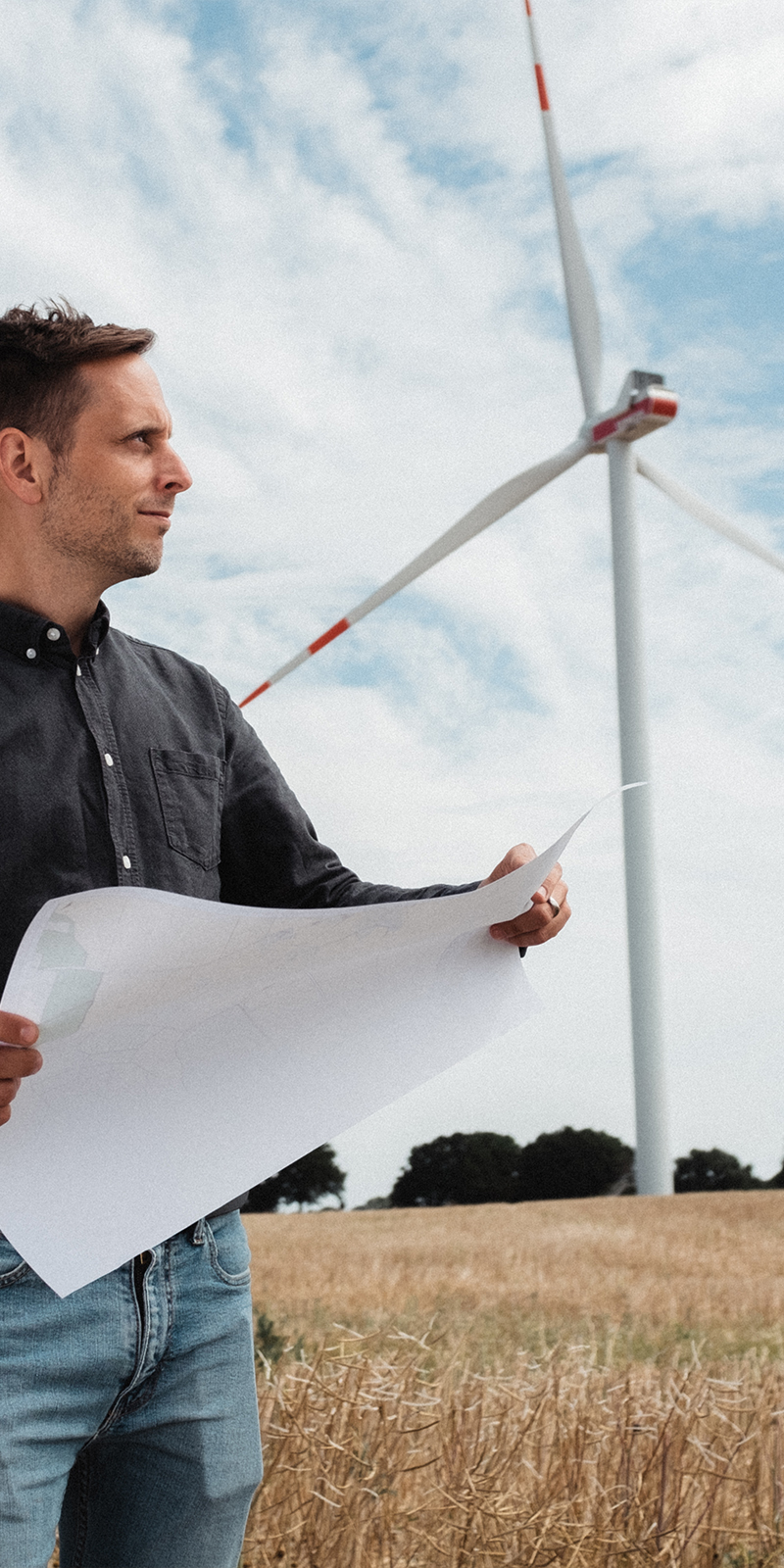
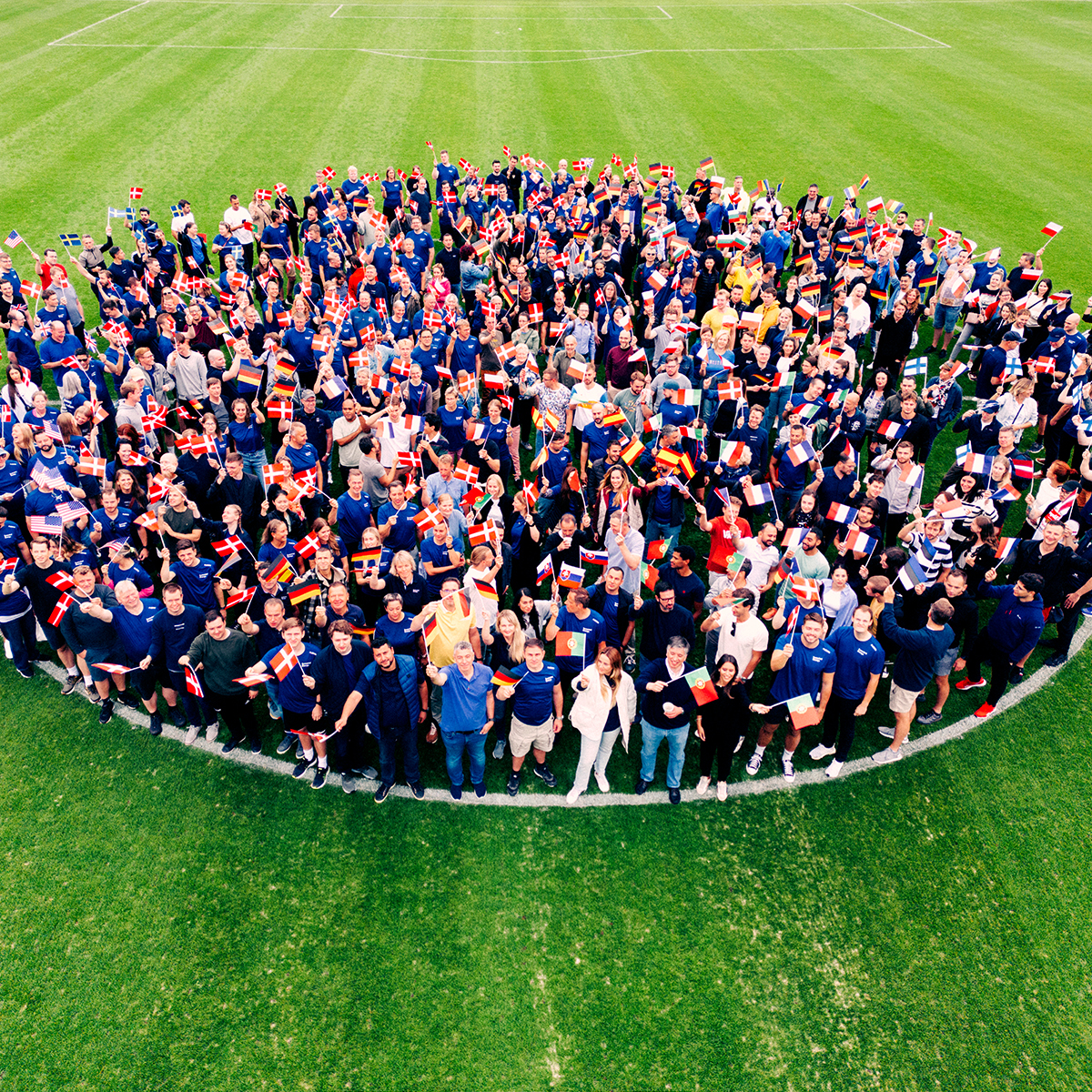
Why Wind Power?
Society is currently facing a major climate challenge and we must drastically reduce carbon dioxide emissions. To achieve this, we need to electrify society, a technological shift in the transport sector and our industries must change their production. To succeed, we need large amounts of green energy. Wind power is today one of the most sustainable and cost-effective forms of energy.
Wind power is quick to build and offers renewable and cheap electricity at a cost of 30–50 öre/kWh, which compares well with other forms of energy. Wind power also has the lowest environmental impact of all forms of energy.
Eurowind Energy's goal is to contribute to the transition while taking into account the local consequences that a wind power expansion entails, and in this regard, dialogue with property owners and local residents is very important to us as it is a success factor for a successful project.
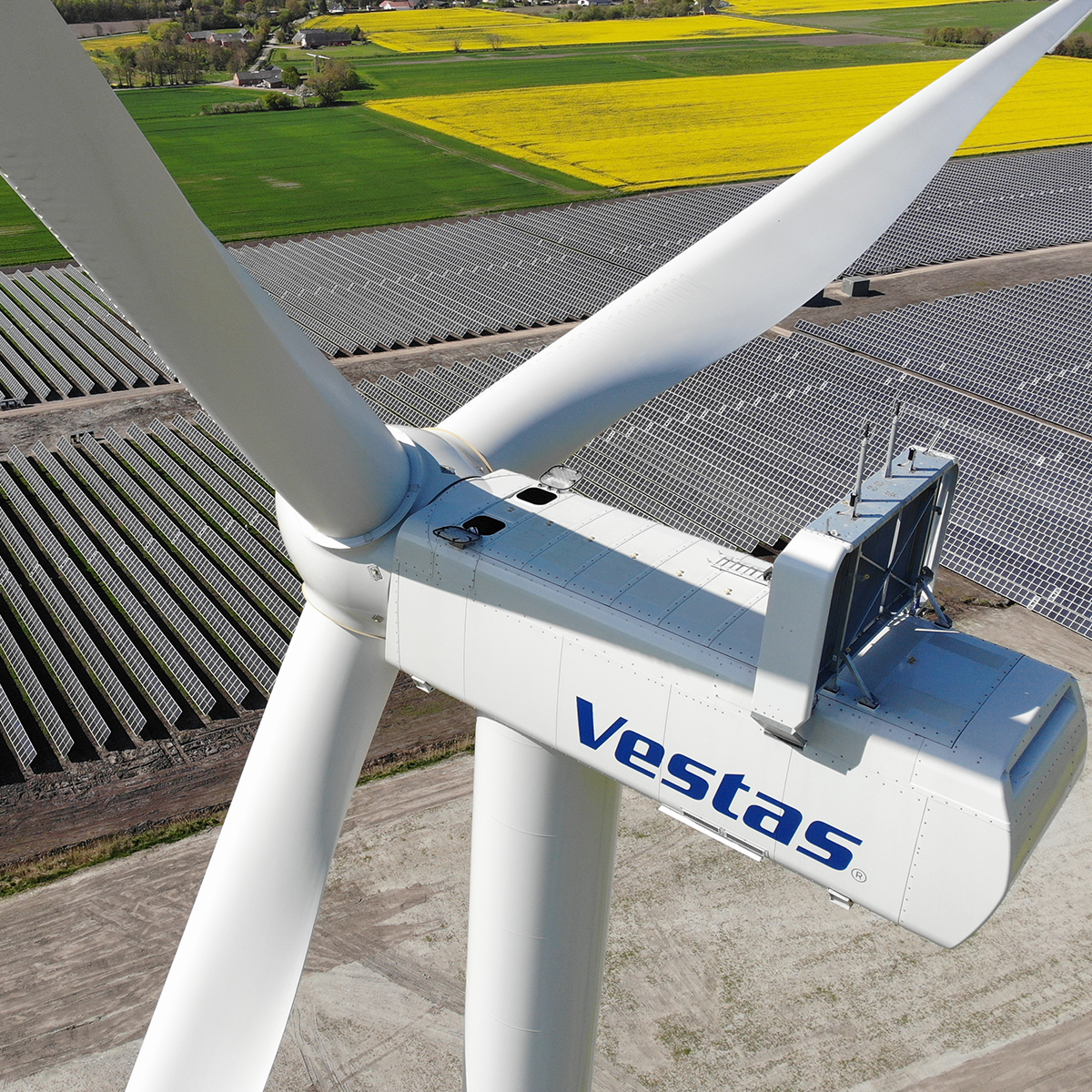
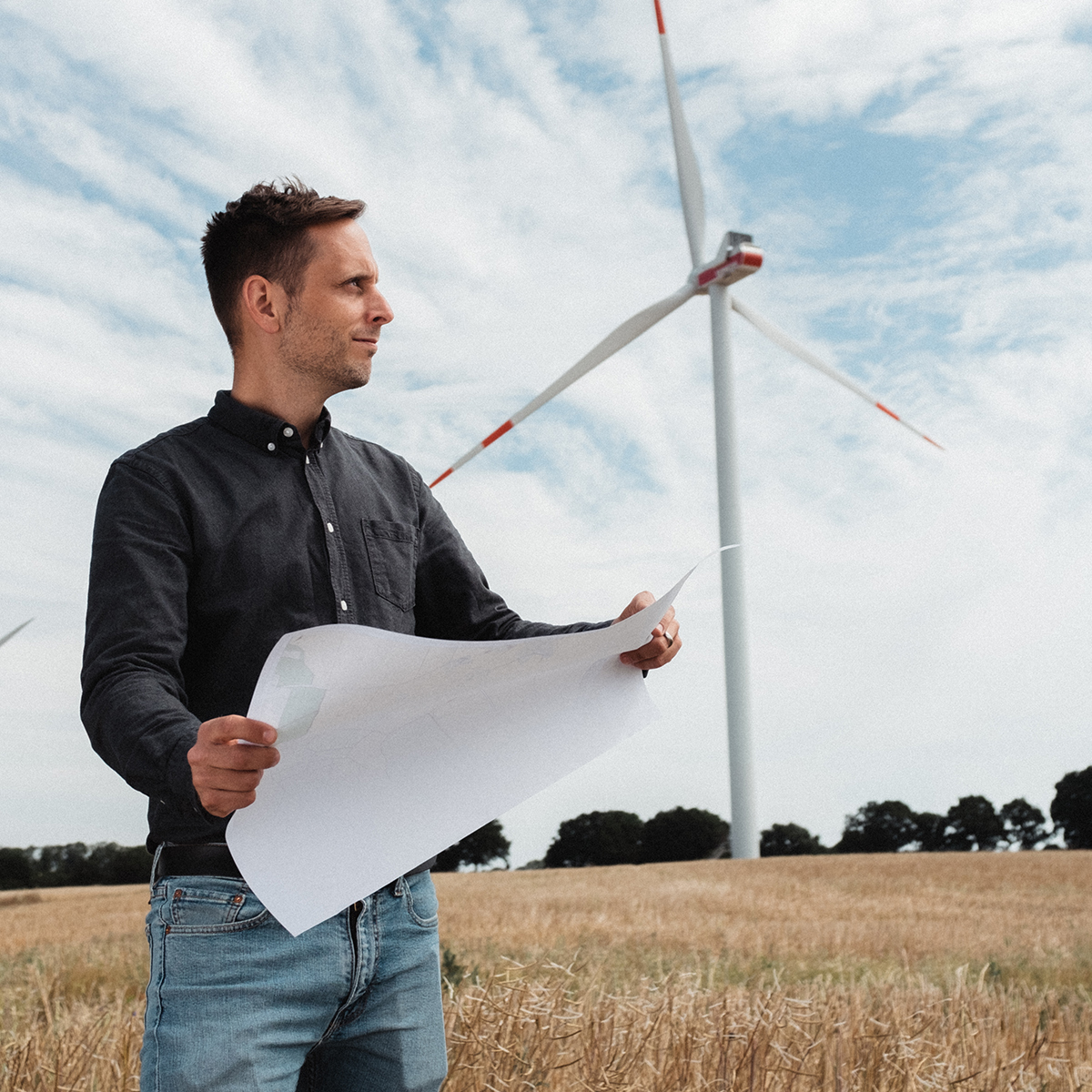
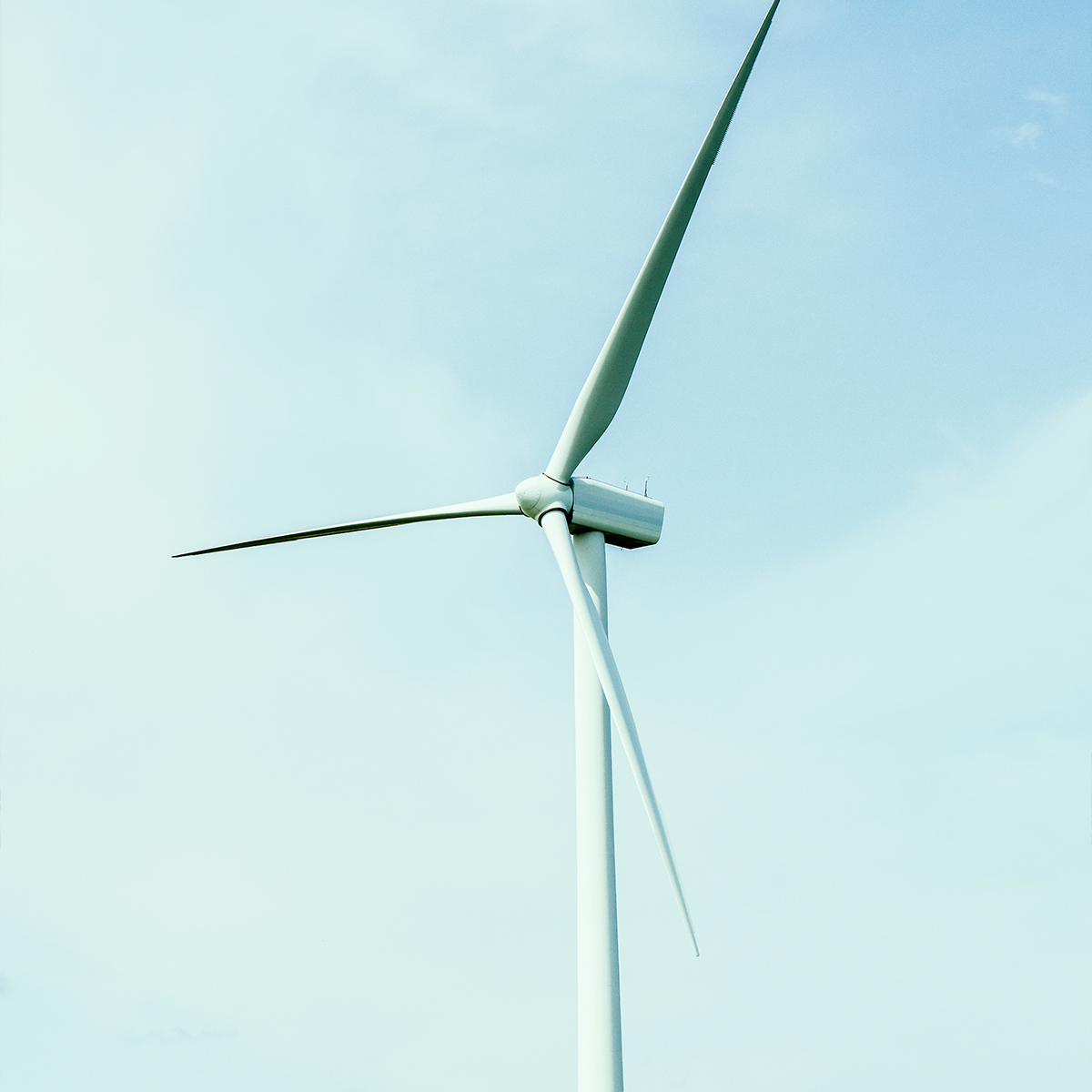
During our time in the wind power industry, we have learned that nothing grows if you stand still.
Jens Rasmussen, CEO
